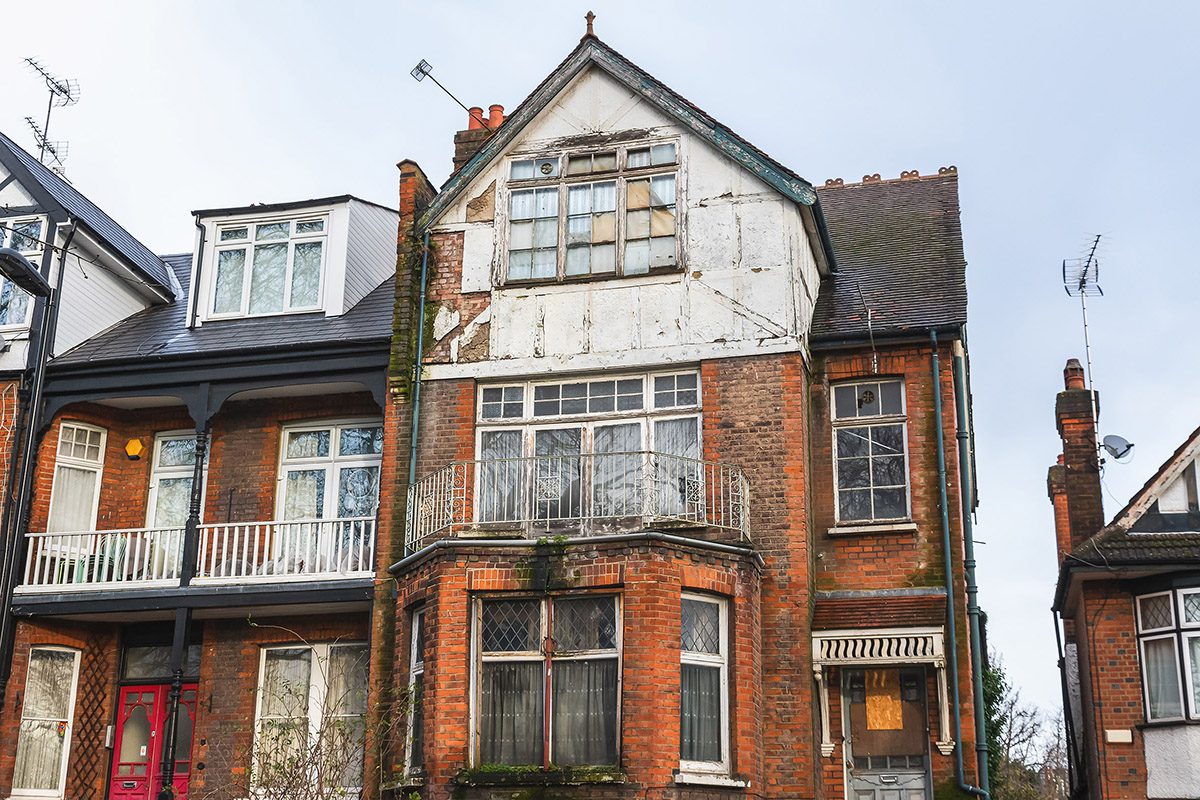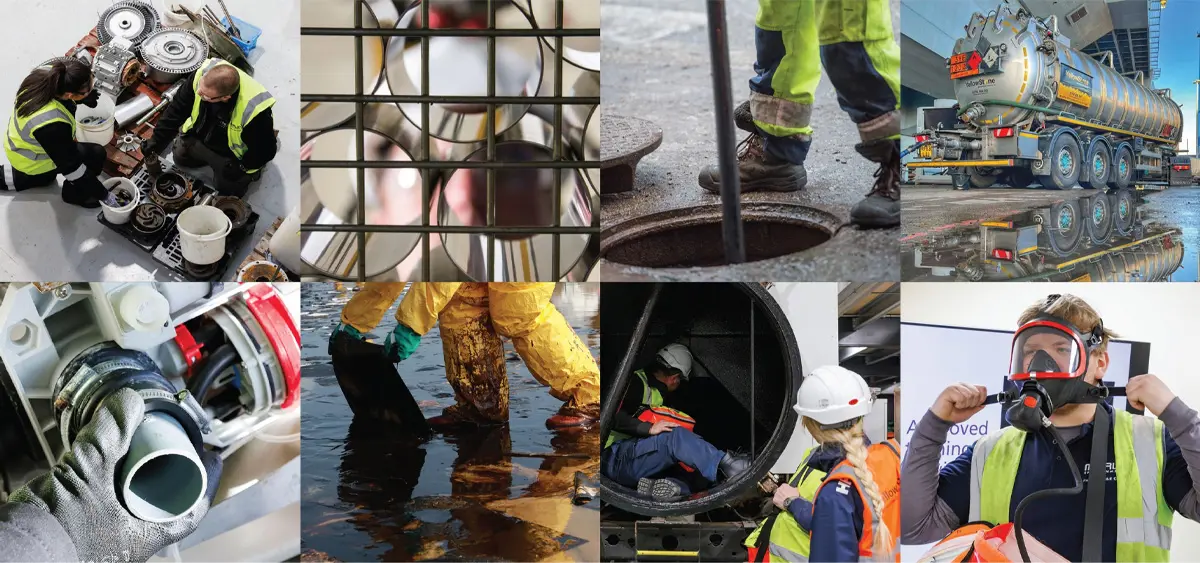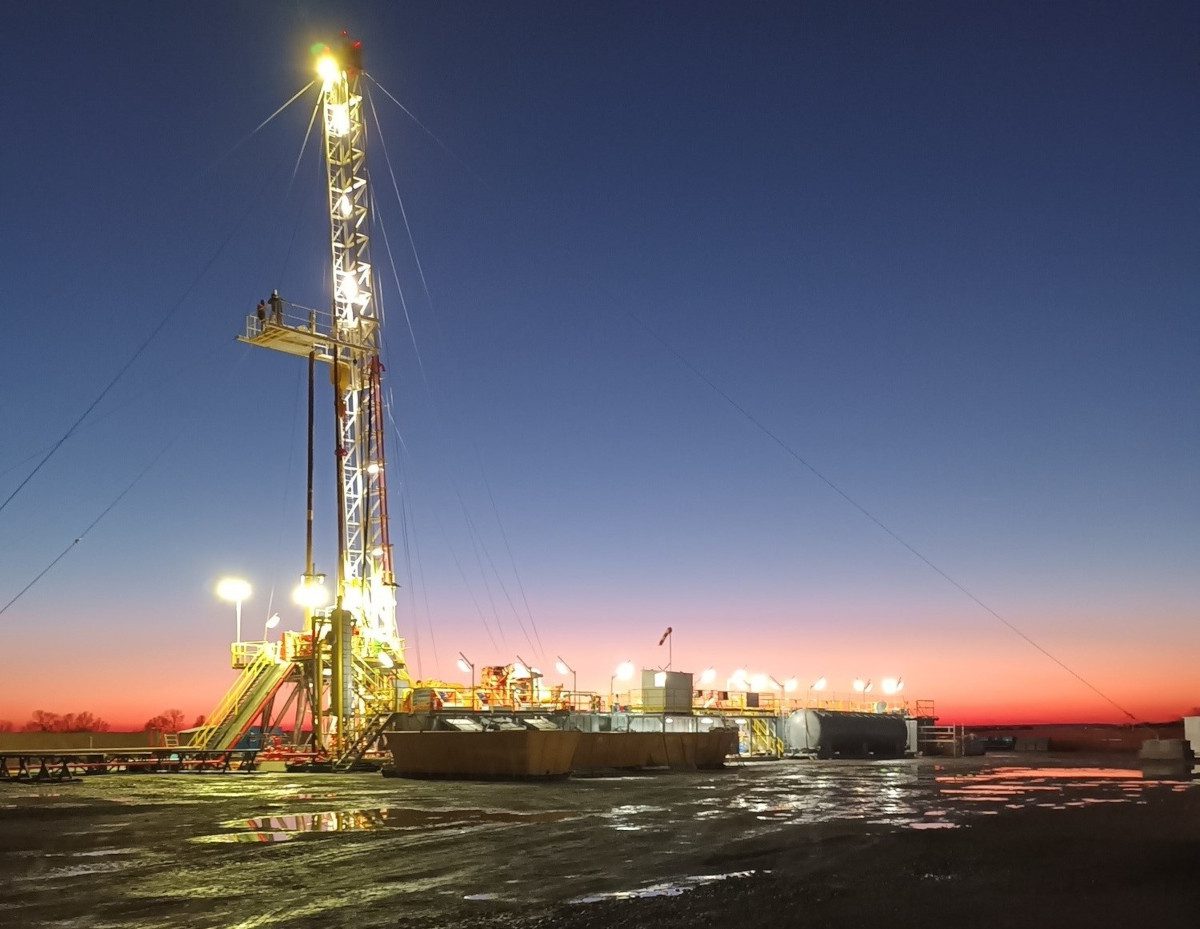A new government-funded geothermal initiative, which includes an interactive map, has launched to help decision makers assess the geothermal potential across the UK.
Geothermal technologies, which use heat from the ground, have the potential to decarbonise heating and cooling, playing a role in the energy transition to net zero emissions in the UK. The ability to identify which parts of the subsurface have the necessary conditions to realise this potential is an important first step.
The British Geological Survey (BGS) has launched the UK Geothermal Platform, which provides national- to local-scale information on geothermal potential across shallow and deep technology options. It allows users to explore and assess the geothermal potential of an area and make more informed decisions. The platform draws together diverse information and synthesises it to deliver the information needed by heat policy, heat networks, national zoning model and planning specialists. The platform can be used by regulators, developers and researchers.
Example of the map explorer within the UK Geothermal Platform, with layer controls. BGS © UKRI. .
Included in the platform is an overview of geothermal energy potential for four geothermal technologies (Great Britain coverage):
shallow, vertical closed-loop with ground-source heat pump
shallow open-loop with ground-source heat pump
deep, hot sedimentary aquifers (hydrothermal)
deep, engineered geothermal systems in granites (petrothermal)
For instance, the platform highlights that closed-loop systems can technically be deployed almost anywhere across Great Britain (local planning and regulatory constraints apply). Up to 55 per cent of the population has the potential to extract up to 15 000 kWh of thermal energy (the typical annual energy of a gas boiler), via a single, 150 m-deep, closed-loop system.
Towns, cities and industrial sites can be assessed for the potential to retrofit geothermal technology and new development zones can be quickly assessed for strategic use of geothermal energy from the start of the development or planning cycle. For example, planned development for the Liverpool–Manchester–Leeds–Sheffield growth corridor can take advantage of multiple geothermal energy technologies.
The openly available platform features a user-friendly map explorer and a data access page that also enables you to view more detailed geoscientific information from several organisations, including BGS, the Mining Remediation Authority, environmental agencies, the North Sea Transition Authority and the UK Onshore Geophysical Library.
Geothermal summary potential highlighting opportunities across the Liverpool-Manchester-Leeds-Sheffield growth corridor showing open loop heat extractable from one borehole in kilowatts. Contains OS data © Crown Copyright database right 2025, data © Department for Energy Security and Net Zero, 2025, data BGS © UKRI 2025.
Dr Alison Monaghan, head of geothermal at BGS, said: “For the first time, the UK Geothermal Platform makes a large volume of national-scale geothermal data and information available and digitally accessible.
“It supports a wide range of users in understanding at high level the potential for a range of geothermal energy options, supporting decarbonisation of heating and energy security.”
The first release of the UK Geothermal Platform has been funded by the UK Government’s Department for Energy Security and Net Zero (DESNZ) through the Net Zero Innovation Portfolio. It is delivered and maintained by BGS.












